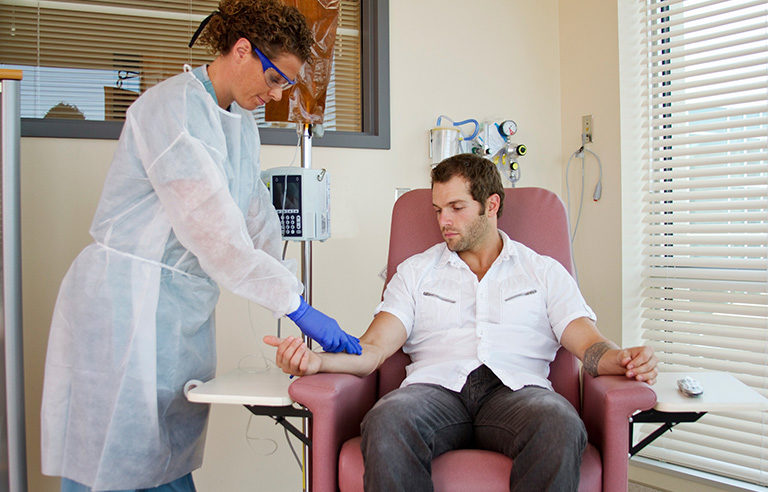NIOSH updates list of hazardous drugs for health care workers

Photo: Trish233/iStockphoto
Washington – NIOSH has added 34 drugs to its list of those that have the potential to be hazardous to an estimated 8 million U.S. health care workers.
The newly added drugs are presented in three categories: antineoplastic drugs, non-antineoplastic hazardous drugs, and drugs with reproductive effects. A drug’s toxicity, how the drug can enter the body, how the drug is handled and what exposure controls are used determine the drug’s risk to health care workers, NIOSH stated.
The NIOSH List of Antineoplastic and Other Hazardous Drugs in Healthcare Settings, 2016 also updates guidance on engineering controls and personal protective equipment for health care settings. The document offers instructions on how to create a workplace-specific list of hazardous drugs, as well as guidance for assessing a drug’s hazardousness.
“Hazardous drugs include those used for cancer chemotherapy, antiviral drugs, hormones, some bioengineered drugs, and other examples of hazardous drugs,” NIOSH Director John Howard said in a press release. “The NIOSH 2016 Hazardous Drug List is an important resource as well as a tool to raise awareness among workers about the hazards [of] some drugs, enabling workers to take the necessary steps to protect themselves from exposure while doing their job.”
This is the fourth update to the list, which originally was published in 2004.
Post a comment to this article
Safety+Health welcomes comments that promote respectful dialogue. Please stay on topic. Comments that contain personal attacks, profanity or abusive language – or those aggressively promoting products or services – will be removed. We reserve the right to determine which comments violate our comment policy. (Anonymous comments are welcome; merely skip the “name” field in the comment box. An email address is required but will not be included with your comment.)

